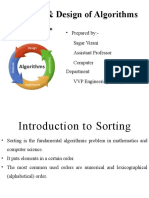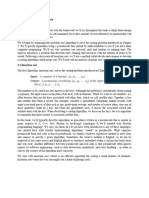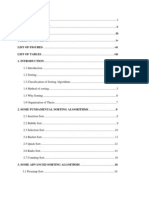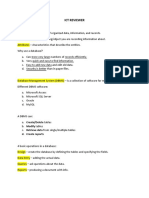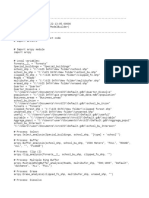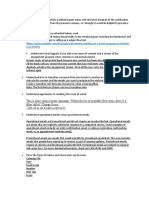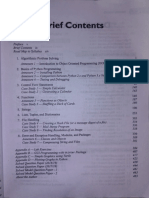0% found this document useful (0 votes)
71 views21 pagesSorting
The document discusses various sorting algorithms. It provides an overview of sorting algorithms and their importance. Some key advantages of sorting algorithms are that they arrange data in a defined order to make searching and merging more efficient. The document then describes five sorting algorithms - bubble sort, selection sort, insertion sort, merge sort, and quick sort - and analyzes their time and space complexity as well as their stability.
Uploaded by
Nuredin AbdumalikCopyright
© © All Rights Reserved
We take content rights seriously. If you suspect this is your content, claim it here.
Available Formats
Download as PDF, TXT or read online on Scribd
0% found this document useful (0 votes)
71 views21 pagesSorting
The document discusses various sorting algorithms. It provides an overview of sorting algorithms and their importance. Some key advantages of sorting algorithms are that they arrange data in a defined order to make searching and merging more efficient. The document then describes five sorting algorithms - bubble sort, selection sort, insertion sort, merge sort, and quick sort - and analyzes their time and space complexity as well as their stability.
Uploaded by
Nuredin AbdumalikCopyright
© © All Rights Reserved
We take content rights seriously. If you suspect this is your content, claim it here.
Available Formats
Download as PDF, TXT or read online on Scribd
/ 21




